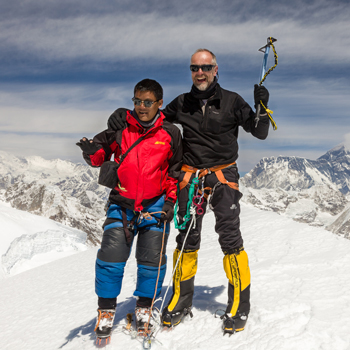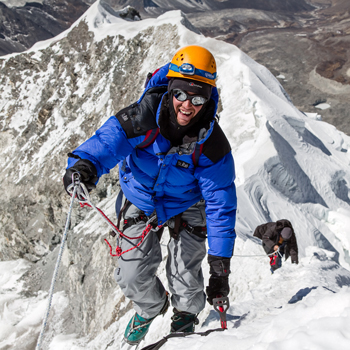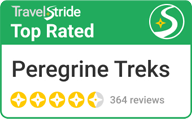12 Facts about Mera Peak Climbing
- Wednesday August 3, 2022
- 0
Mera Peak Climbing will be one of the highlights of your entire expedition. You will experience the incredible sensations of the Everest Region throughout the entire trek. Additionally, Mera Peak Climbing offers a range of environmental assets that will maximize your enjoyment of the trek.
Since it is one of Nepal’s most famous peaks and is located in the Everest region, climbing offers a unique opportunity to see the country’s diverse ethnic groups, including the Rai, Limbu, Tamang, and Sherpa, with unique cultures and traditions as well. Here are 12 Facts about Mera Peak Climbing:
Mera Peak Climbing Cost
The cost of the 18-day trek and ascent of Mera Peak with Peregrine Treks and Tours is USD 2790. A summary of the costs for Mera Peak Climbing is shown below.
Accommodation Cost
The cost of lodging comes under the package with Peregrine treks and tours. However, a breakdown of the lodging expenses for climbing Mera Peak will be helpful to the majority of trekkers. Similarly, when you arrive, a night in one of Kathmandu’s top hotels will run you anywhere from $25 to $200. Likewise, you will usually discover the teahouses if you trek above Namche Bazaar. A night at a teahouse above Everest costs $3 to $5.
Similarly, you might also utilize tent lodging at Mera Peak’s top and in its valley. While climbing Mera Peak and gazing under Mount Everest’s lap, tent accommodations will be fantastic. The price of the tent will be around $100 and $250.
Permit Cost
There are multiple permits that you need to get before Mera Peak Climbing. The following are the Mera Peak Climbing permit costs according to the seasons and months, as stated by the Nepal Mountaineering Association:
- June to August – USD 70
- March to May – USD 250
- September to November – USD 125
- December to February – USD 50
On the Mera Peak Climbing, you will also traverse through two separate National Parks. Additionally, you will require permits for these two national parks. Similarly, a local area permit will cost you around USD 20.
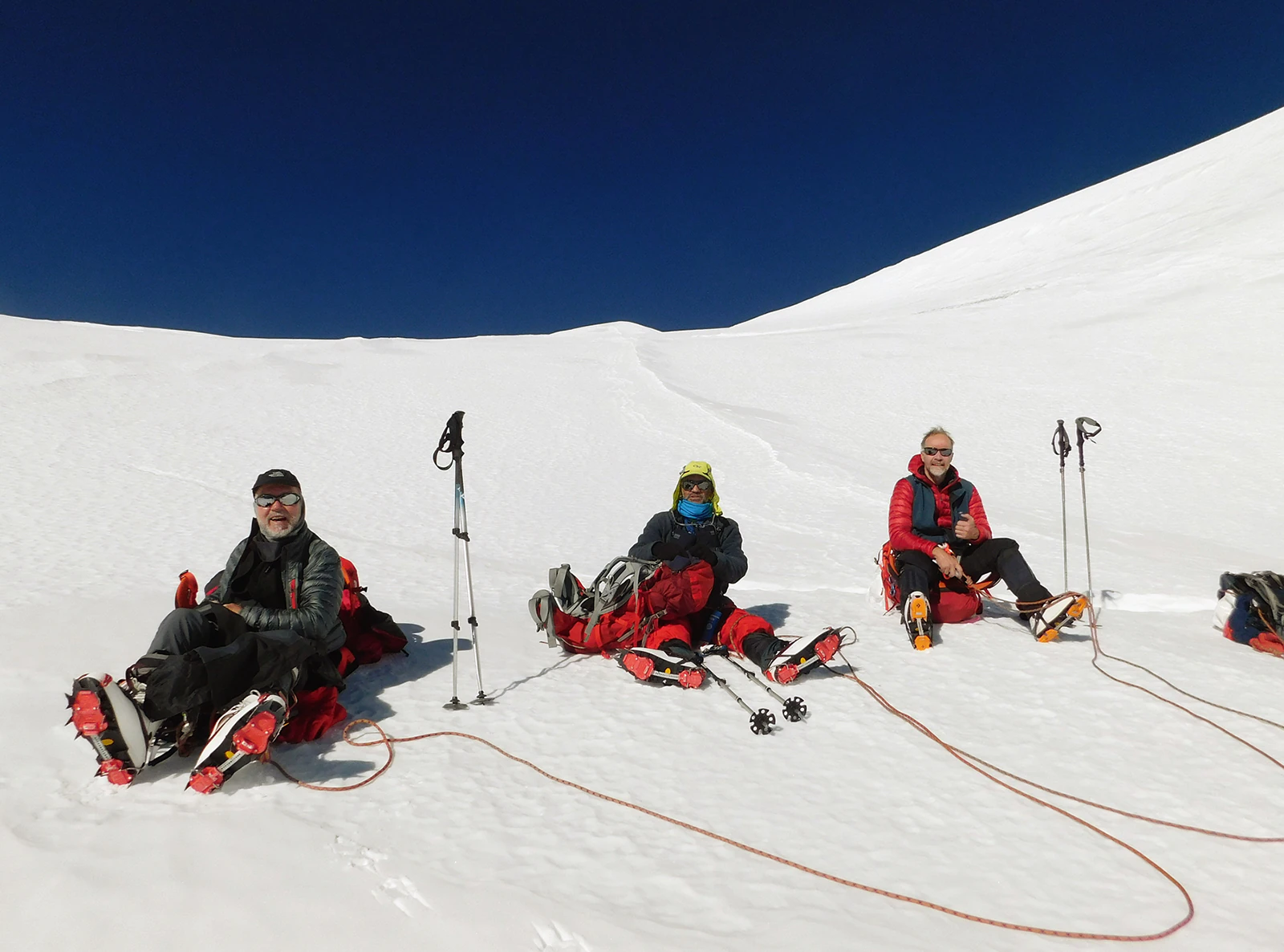
1. Makalu Barun National Park
Locals: Free
SAARC Nationals: USD 15
Other Countries: USD 30
2. Sagarmatha National Park
Locals: USD 1 to USD 2 / Free
SAARC Nationals: USD 20
Other Countries: USD 35
Meals and Transportation Costs
From Kathmandu to Lukla, land and aviation routes will be available for travel. Since airways are faster than roads, you will primarily use them. Excitingly, you will depart from Kathmandu in 30 minutes and land at one of the most dangerous airports in the world. Taking the flight will cost you between USD 70 and USD 150. Similarly, you will pay $400 to $500 for the private vehicle. It will take about $10 to $20 to get there by local bus. The meals, which include breakfast, lunch, and supper, cost about $5 to $6 each day, which is a reasonable price considering the variety of products used in the dish. During Mera Peak Climbing, the most outstanding services are available at the teahouses in the Everest region.
Mera Peak Climbing Equipment Cost
We will provide group climbing equipment like rope, tented camp, etc., but you need to arrange equipment like crampons, climbing boots, ice ax, etc.
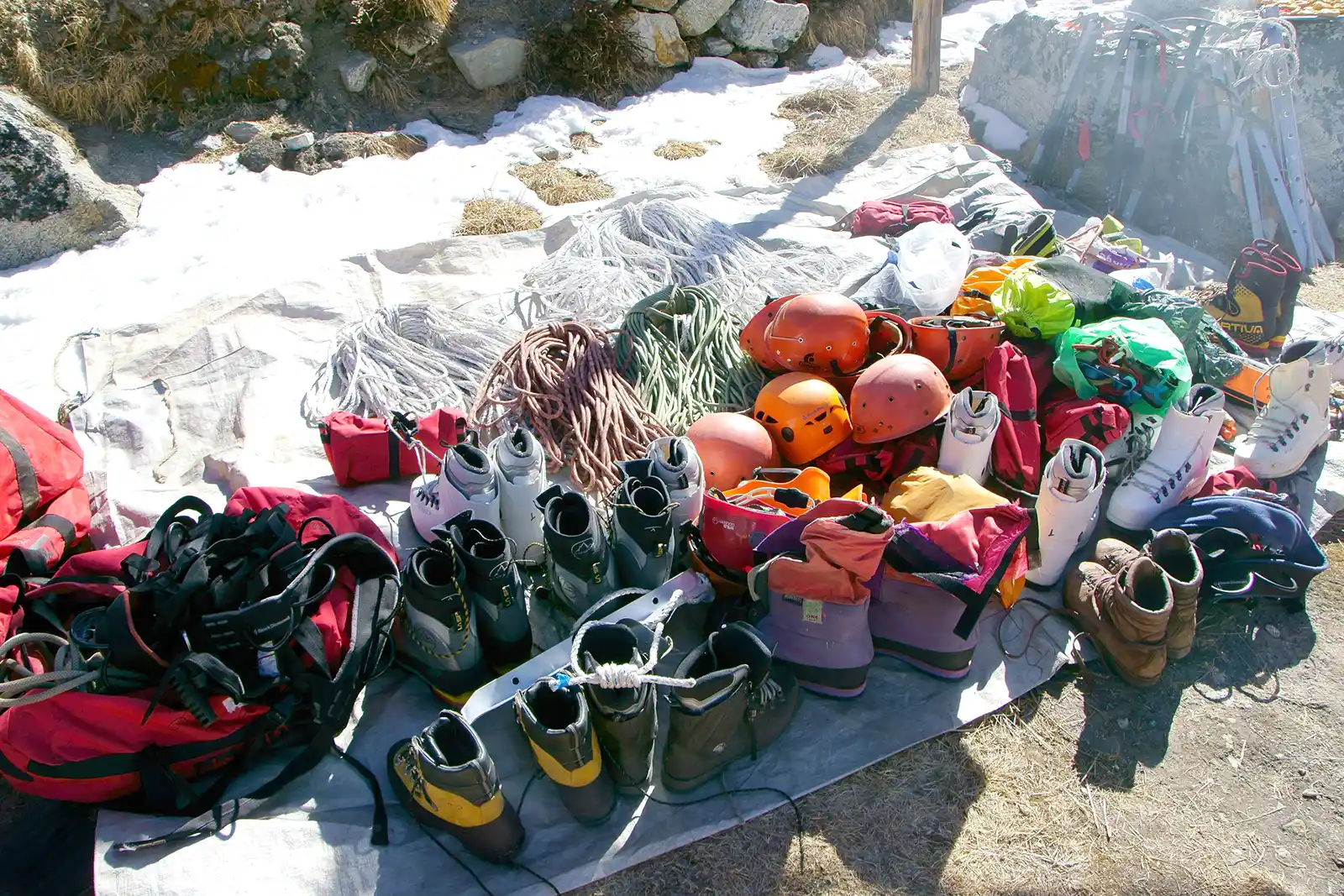
Guides and Porters
Guides and porters are necessary for climbing Mera Peak. Whatever the situation, they will assist you. From the Khare village to Mera Peak, the terrain is somewhat tricky. Knowledgeable and creative guides and porters are essential for challenging climbs. While porters will cost you about USD 15 to USD 25 per day, guides will cost you about USD 25 to 35.
Miscellaneous Cost
Discover authentic handcrafted Buddhist handicrafts and arts during Mera Peak Climbing. You will also receive historical artwork depicting Nepal’s pristine east Himalayas. It will set you back $6 to $10. Similarly, additional expenditures like internet access, food, hot showers, and water bottles cost you around $15. You can set aside an additional $20 to $25 daily for unplanned costs.
Mera Peak Climbing 14 days
Day 1: Arrival in Kathmandu
After picking you up at the airport, we’ll transport you to one of Kathmandu’s top three-star hotels, where we’ll start making plans for your upcoming expedition.
Day 2: Flight to Lukla and Trek to Paiya (2700m)
We’ll get to Lukla after an exhilarating 30-minute flight. After entering Lukla, we will proceed through a magnificent dense pine forest that leads to the settlement of Surke while crossing a breathtaking Handi Khola that juts out into the valley. We’ll be to Paiya in two to three hours and spend the night at one of the payia teahouses.
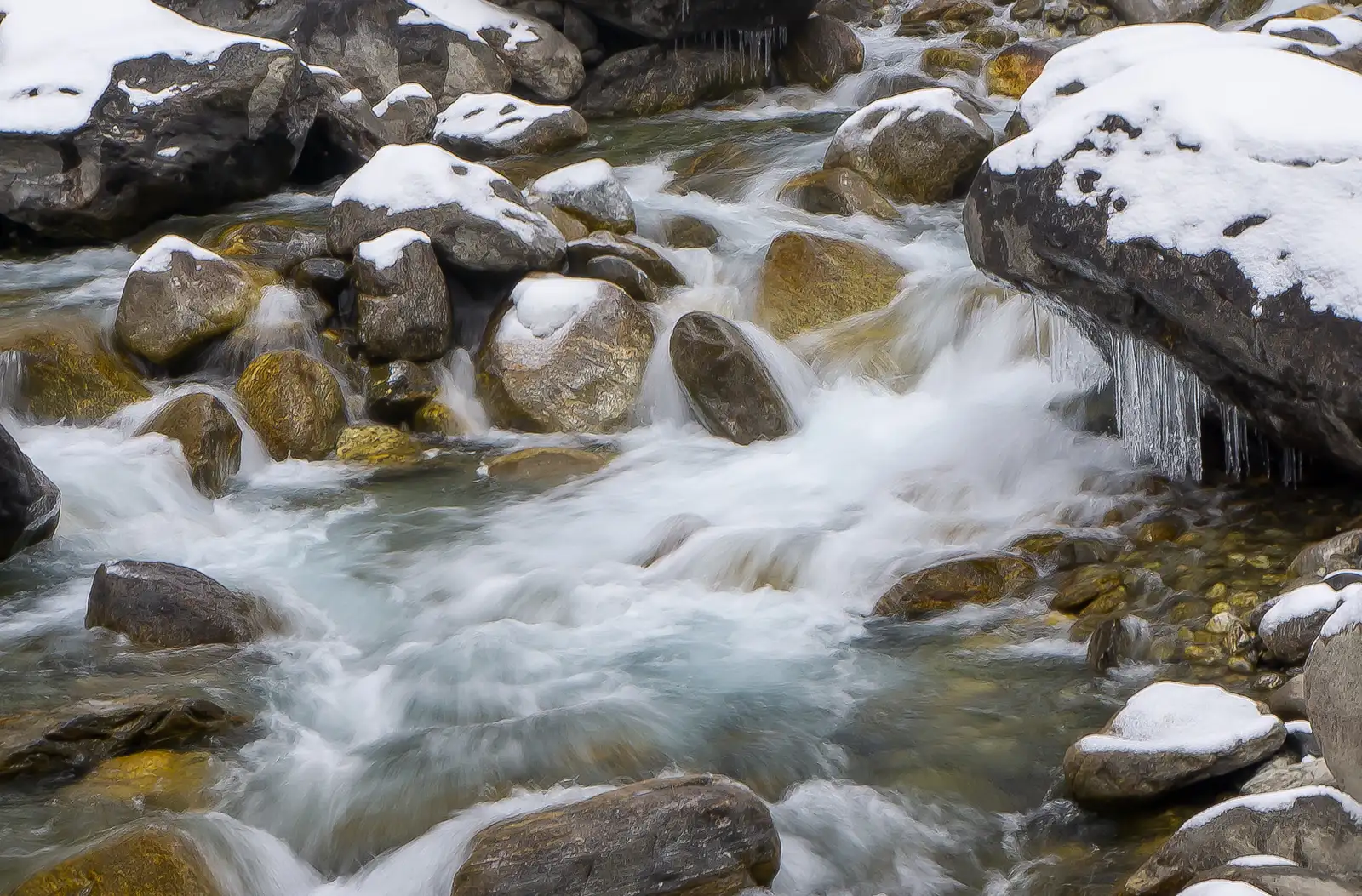
Day 3: Trek from Paiya to Panggom (2848m)
After a lovely breakfast, we will begin our trek from the magnificent hamlet of Paiya. Likewise, we’ll have lunch when we pass the Kari La pass. After a 5- to 6-hour trek through the rhododendron and pine forest, we will reach Panggom. We’ll spend the night here.
Day 4: Trek to Ningsow (2860m) to Chhatra Khola (2800m)
We will ascend to the Ningsow Village after magnificent dawn and breakfast. We then proceed straight upwards after passing the Pasang Kharka River till we arrive at Ningsow Khola and then Ningsow Village. Similarly, we will reach Chhatra Khola with the Pasang Lamhu Trial after a 5-hour trek from the Ningsow hamlet. You can see the “Mera Peak” face, which is where you are headed. At Chhatra Khola, we’ll spend the night.
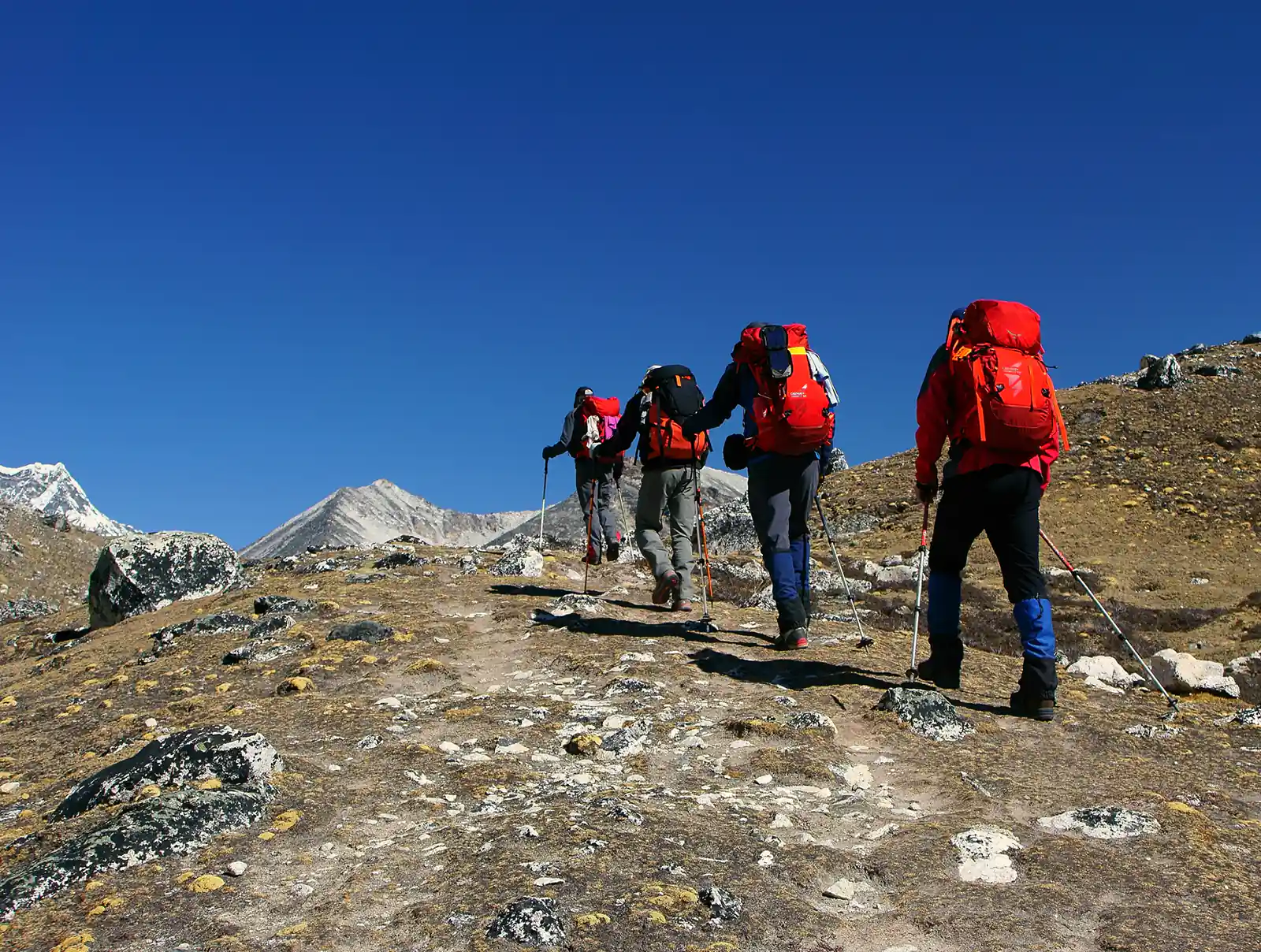
Day 5: Trek to Kothe from Chhatra Khola (3690m)
From Chhatra Khola, it will take 5 to 6 hours to trek to Kothe. The fantastic village traversing through Hinku Khola captures the mystic atmosphere of the eastern Himalayas and valleys. We will arrive at Kothe and spend the night here after passing Sanu Khola in a comparable pattern.
Day 6: Trek to Thangak (4350m) to Khare (5000m)
Following a lovely morning meal, we reach the Thangak after a 3–4 hour trek along Hinku Khola’s edge. Similarly, we will arrive at the Khare after a 2-hour trek crossing many mountain ranges, including the Charpate Himal. We will spend the night at one of the top teahouses in Khare.
Day 7: Acclimatization in Khare
Today, we’ll relax and take in the surrounding mountains. Similarly, we will savor the breathtaking view of Everest, Lhotse, and Makalu. While exploring the area around Khare, we will prepare for the following day’s trek.
Day 8: Trek to Mera High Camp (5780m)
On this day, after 5 hours of trekking, we will cross Mera Peak and continue straight uphill. We will move toward the Mera High Camp after traversing the Mera La pass and several glaciers. Moreover, at this point, we must use every ounce of our might to climb the treacherous terrain. It will take 3 to 4 hours of straight uphill trek to reach High Camp. From the high camp, we get a stunning view of the snow-capped peaks of the Himalayas, including Everest, Kanchenjunga, Makalu, Lhotse, and others.
Day 9: Summit Mera Peak and Trek Back to Khare (6471m)
From the high camp, a straight ascent climbs to Mera Peak’s summit. This will now be difficult and tricky to climb. For this climb, you’ll need a variety of techniques. Our objective is completed after capturing the Mera Peak Summit. You can admire the Himalayas from the peak before returning to Khare and spending the night there.
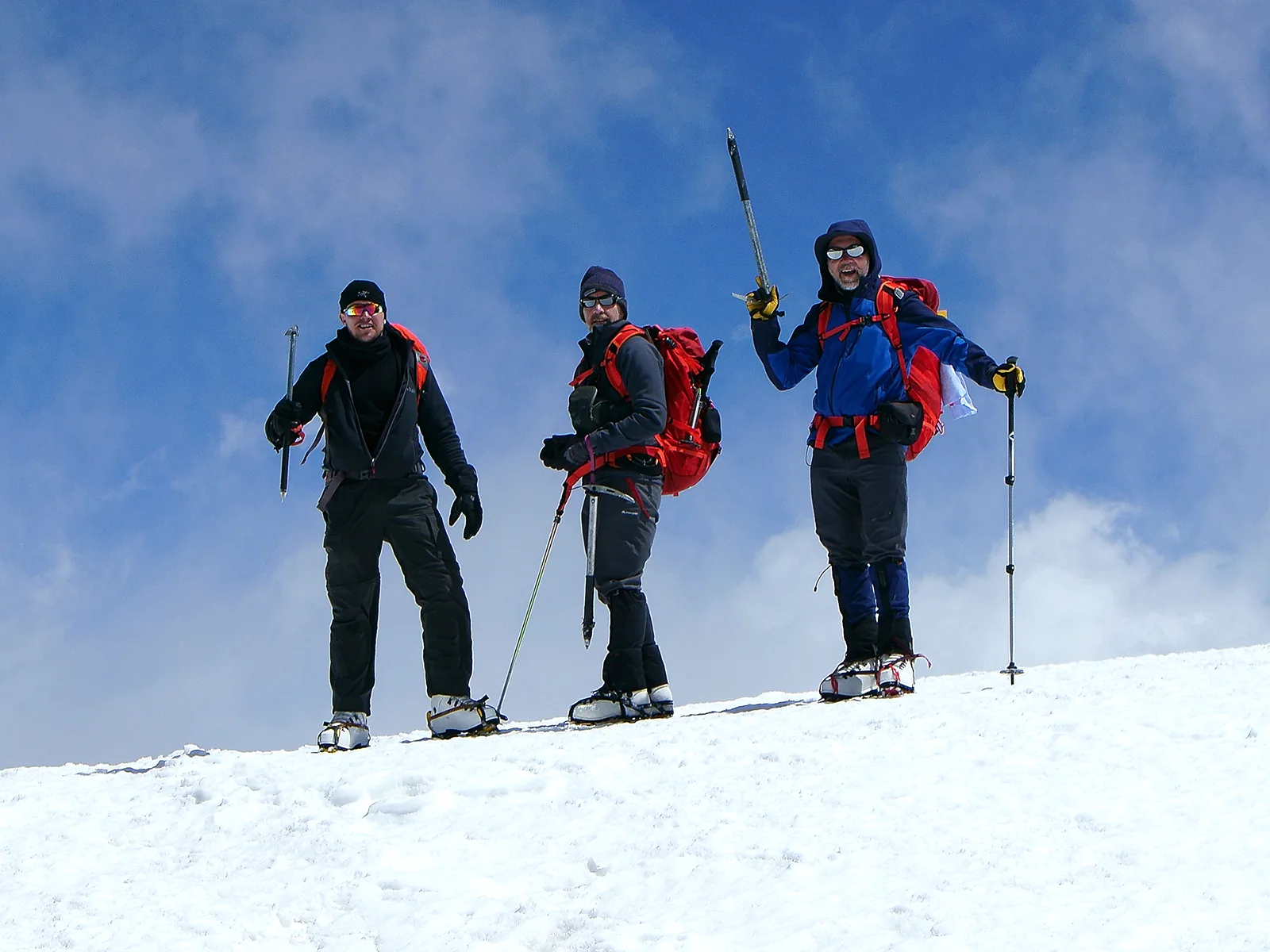
Day 10: Trek to Khare (5000m)
After a lovely breakfast, we’ll take the same lovely route back to Khare, passing through the Sherpa settlements and Hinku Khola’s edge.
Day 11: Trek to Thuli Kharka (4300m)
After a fantastic breakfast at one of Khare’s teahouses, we’ll descend to Thuli Kharka. We will arrive at Thuli Kharka after 5 hours of downhill travel after passing several monasteries and pine trees.
Day 12: Trek from Thuli Kharka to Lukla (2700m)
The Himalayan scenery is breathtaking, and the morning meal will give us the stamina to trek back to Lukla. After traversing streams and waterfalls above Lukla, we will arrive at Lukla after 4 hours of descent. This portion of the journey will be quite arduous. We’ll spend the night in Lukla today, and the next day, we’ll travel to Kathmandu.
Day 13: Flight to Kathmandu
On this day, we will depart from Lukla in one of the Dornier aircraft for a 30-minute flight. The flight will be exciting as it departs from one of the world’s most dangerous airports. Similarly, at a little celebration in Thamel, we shall take pleasure in reaching the summit of Mera Peak.
Day 14: Departure
On this day, our representative will drive you to the airport in a private vehicle before the departure time of three hours with all the necessary documentation and airline tickets.
Mera Peak Hotel
The hotel services vary depending on the altitude throughout the climb of Mera Peak. When slowly ascending Lukla, there won’t be any lodges or hotels available; nonetheless, they are at the lower foot of the mountain. The teahouses serve as the primary accommodation for trekkers of Mera Peak.
The trekkers and other visitors may get services from these teahouses around-the-clock from Namche Bazaar to Mera Peak. Likewise, these teahouses cost around $7 to $10 daily, depending on the services offered. There will be three beds in each room, but you may pick a single or a double.
The rooms will be relatively large. The traditional Nepalese cuisine is also available in several of these teahouses. The menu will consist of Tarkari, Bhat, and Dal. You may also purchase non-vegetarian food that has been blended with high-quality components. Teahouses’ key selling point is their lower price than lodges and motels. The vast vista of the several mountains in the Everest region is also yours to appreciate.
You can utilize the contemporary toilets, pillows, blankets, and available, clean restrooms. Some teahouses also provide the standard hot shower for an additional fee. Regarding accommodations during Mera Peak Climbing, teahouses are the most outstanding choice.
Jagged Globe Mera Peak
The UK expeditions came with the name “Jagged Globe Mera Peak.”A group of trekkers and guides will accompany you as you ascend Mera peak and inform you of the significance of Mera peak. Amphu Labta Pass at the height of 5,780 meters and go to the two summits, which have 6,476 meters and 6,189 meters, respectively.
This extra adventure also allows you to ascend Mera Peak most resoundingly. This trek will be risky, adding to its excitement. There will also be groups that will guide you to the peak. These teams have also had a high success rate up to this point. If you follow the precise route from Zatra La Pass, you will pass through several tranquil communities.
You can ascend the Mera Peak quickly and easily thanks to that one trial from the more minor passes, including the Zatra La pass. Jagged Globe Mera Peak is associated with a UK expedition and has maintained impressive records in the Himalayan mountain range at the high altitudes of Nepal.
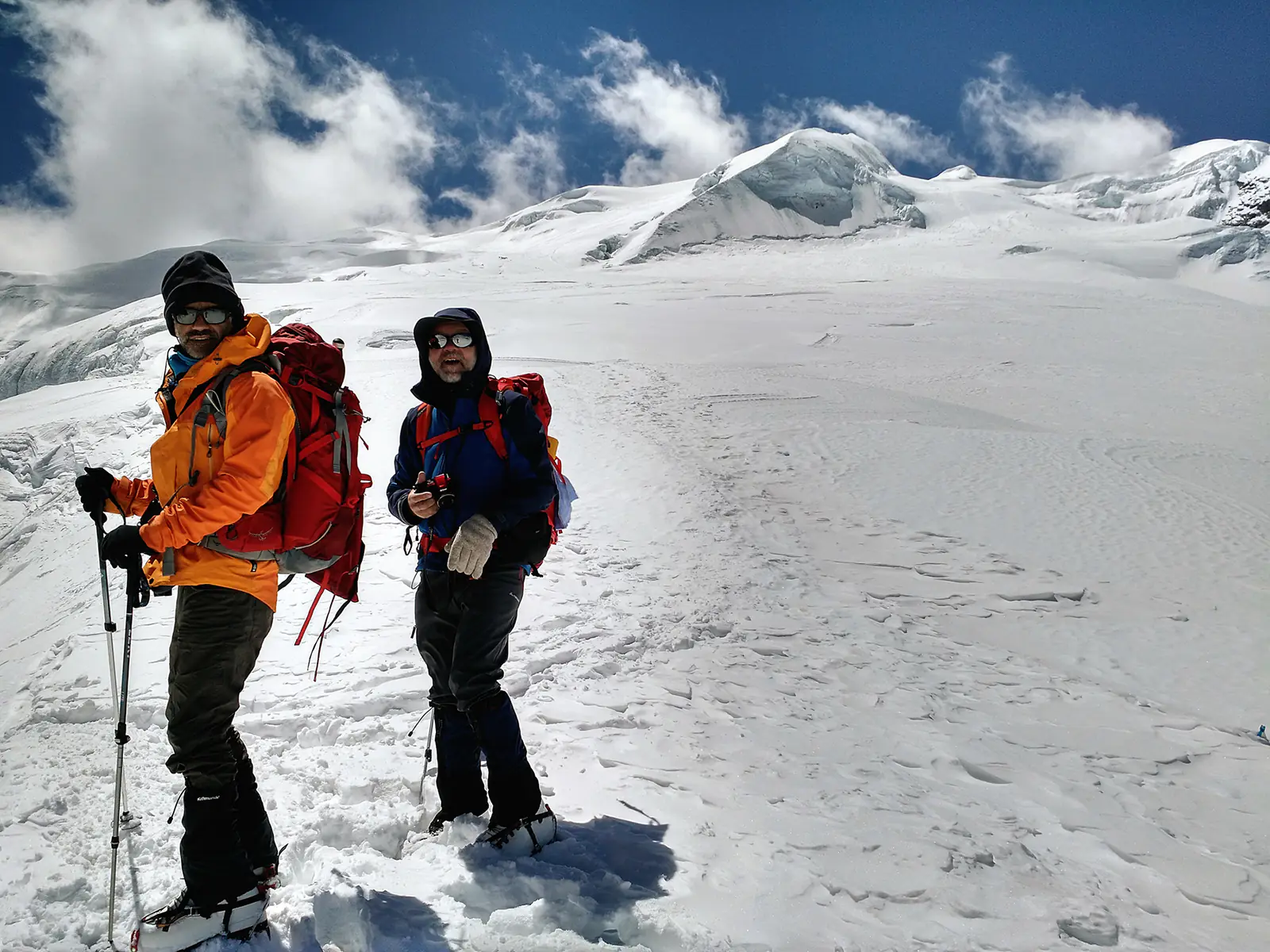
Mera Peak Himalayan Glacier
A remarkable excursion to Mera Peak includes seeing the highest glaciers in the world, which are located over 5000 meters—like this, visiting Hinku Village of Wonders will allow you to go among rhododendrons and breathtaking scenery. Likewise, when you ascend over 5800 meters, you will see several glaciers as well as the faces of the Himalayas, including Lhotse, Cho Oyu, Everest, and even Kanchenjunga.
The beautiful glaciers may be reached through the trial above the Khare and the Zatra LA Pass. Due to global warming, these Himalayan Glaciers are currently in the process of progressively disappearing. These glaciers are located between the High Camp and the Khare. Many glaciers, including the Mera Glacier, are traversed along the Mera Peak Climbing Routes.
You will also see more enormous ice walls and boulders that are straight and hard as rocks. These ice caps are gradually vanishing, and as a result of climate change, even glaciers are becoming somewhat more dangerous. One of the most well-known glaciers is Mera Glacier during Mera Peak Climbing.
Mera High Camp
From Kathmandu, a 30-minute flight will take you to Lukla to begin your expedition. The trek also follows the beautiful towns above Lukla, making you feel like you are strolling across Elysium. Chuthang, which is at 3020 meters, will be your last destination.
Starting from this location, an expedition will be made to the high camp. To reach Tuli Kharka at the height of 4600m, cross the Zatra La Pass from Chhuthang. The trek to Kothe, which is at an elevation of 4182 meters, begins similarly as you leave the Zatra LA pass. You may reach Thangnak, at the height of 4326m, after a 7-hour, nonstop trek.
Additionally, you will cross moraine trials from the Sherpa settlements after a three-hour trek. Similarly, after a three-hour trek across moraine terrain from the Sherpa Settlements, you will eventually arrive at Khare, located at 5000 meters. You will proceed to Mera Peak after having a lot of time to recover at Khare.
Likewise, you will go uphill for 3 to 5 hours to get to Mera Peak by using smaller and steeper trails from the Khare. Your abilities will be put to the final test at the height of 5300 meters. The subsequent excursion will also be more complex.
You can reach the High Camp after 3 to 4 hours of arduous, straight trekking across terrain covered with snow. Finally, you will reach your target, High Camp, at 5700 meters. You will now experience the beautiful snow Himalayan environment before trekking to the Mera Peak (6471) Summit, courtesy of the High Camp’s breathtaking view of several mountains.
After finally leaving high camp and continuing on a straight ascent for almost eight hours, you will reach Mera Peak Summit, the highest point of the journey, at 6,476m. Enjoy this location’s stunning views of Everest, Lhotse, Makalu, Kanchenjunga, and Cho Oyu.
Mera Peak without Guide
Although having a guide is not always essential when climbing Mera Peak, they are crucial for the trek because things may occasionally go wrong. Before considering climbing Mera Peak, you must be a fit and experienced mountaineer.
Since it is one of the tallest peaks in Nepal, climbing it without a guide will require a lot of effort. Similarly, consider the time of year and the weather before going on a trek. Autumn and spring will be your most fabulous options if you wish to take up Mera Peak without a guide.
Additionally, before trekking Mera Peak, research the teahouses and their prices. This is because accommodation is another important factor. The same applies to physical fitness; without assistance, you may have to manage everything independently, which will be pretty challenging. Mounting Mera Peak without guides will take around 20 days of daily trekking, around 7 and 8 hours. Always plan thoroughly from iterations to routes; doing so will be pretty advantageous.
Next, remember to bring all necessary permits for climbing Mera Peak. Similarly, if you don’t have the correct information, there will be problems with the routes; therefore, before you go on a trek, you should learn everything there is to know about climbing Mera Peak. Similar to how Acclimatization Day is crucial, you must adhere to it.
You can keep your energy levels up when trekking by packing water bottles and a healthy amount of food. Additionally, don’t forget to bring some additional cash, which will be pretty helpful to you. For trekking Mera Peak without a guide, you need the right kind of physical and mental preparation, as well as knowledge of the best routes, trekking equipment, cardio exercise, confidence, and an accurate understanding of the lodging options and summit landscapes.
Mera Peak vs. Island Peak
The scenery and needs for climbing Mera Peak and Island Peak are identical. One of Nepal’s most significant climbing peaks, these two peaks have a moderate degree of difficulty. Similarly, Mera Peak Climbing differs from Island Peak Climbing in several important ways. You can see how these two peak-climbing methods differ from one another in the sections below.
Best time to climb
The ideal seasons for climbing Mera Peak are spring and autumn. The optimum times to summit Mera Peak are from February to March and November to December. Additionally, you can climb the island peak throughout the year. There won’t be any difficulties climbing Island Peak, excepting the severe monsoon season. It will be challenging to climb Island Peak, especially from May to July.
Climbing Duration
With a height of 6471 meters, Mera Peak’s summit is relatively high. Similar to that, completion will take about 18 days. The trekking distance for climbing Mera Peak is around 112 KM. Similar to the summit of Island of Peak, which is 6189 meters high and takes 11 to 13 days, the distance to Island Peak is between 80 and 90 kilometers.
Difficulty Level
One must be well-trained to climb Mera Peak and Island Peak, which exceed 6000 meters in height. Both are comparable in that they are of moderate difficulty. Mera Peak is trickier to climb than Island Peak, while both are equally challenging in various ways.
Cultural Aspect
During Mera Peak Climbing, you will pass through a lot, yet just a tiny portion of each community represents the entire heritage and culture of the region. As a result, while climbing Island Peak, you will experience the incredible culture and heritage of the Sherpa people.
Your awe will be piqued by the historical beauty of the Tengboche and Dingboche settlement’s culture, arts, and monasteries. The several towns that may be seen along the route to Island Peak will demonstrate the genuine spirit and culture of the people who live in Nepal’s eastern Himalayas.
